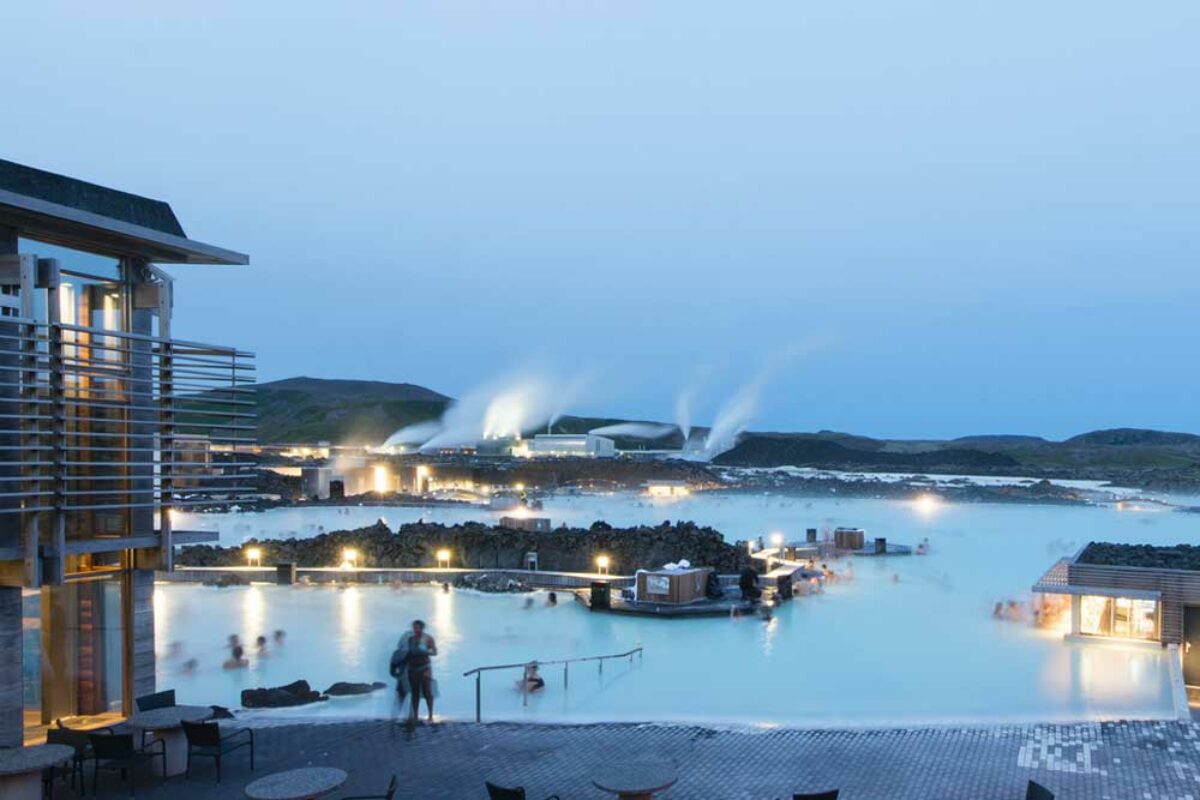Norway is home to some of the most breathtaking natural wonders in the world, and while its fjords and mountains may steal the spotlight, the Blue Lagoon is one of the country’s best-kept secrets. This geothermal paradise, with its crystal-clear waters and healing properties, offers an unforgettable experience for those looking to escape the hustle and bustle of modern life. In this article, we will explore the hidden sources of the Blue Lagoon, its geothermal activity, and why it is a must-visit destination in Norway.
The Geothermal Wonders of the Blue Lagoon
The Blue Lagoon in Norway is a naturally occurring geothermal hot spring, heated by volcanic activity deep beneath the Earth’s surface. This constant source of heat makes the water temperature ideal for relaxation, regardless of the season. The lagoon’s water is rich in minerals like silica and sulfur, which not only give the lagoon its characteristic blue color but also provide therapeutic benefits. Visitors often report relief from skin conditions such as psoriasis and eczema after bathing in the lagoon’s mineral-rich waters.
Why is the Water So Blue?
The unique blue hue of the Blue Lagoon comes from the high concentration of silica in the water. Silica reflects sunlight in such a way that it creates a mesmerizing blue appearance, especially under Norway’s striking natural light conditions. The combination of silica, algae, and minerals like sulfur also gives the water its restorative properties, making it a popular destination for those looking for both relaxation and healing.
A Year-Round Destination for Relaxation
Whether you visit in the summer or winter, the Blue Lagoon offers an otherworldly experience. In winter, you can enjoy the steaming lagoon while surrounded by snow-capped mountains, a stark contrast that creates a truly unique setting. In summer, the lagoon is bathed in the glow of the midnight sun, adding a surreal quality to the already magical atmosphere. Visitors often combine a trip to the Blue Lagoon with other outdoor adventures like hiking, exploring nearby fjords, or even catching a glimpse of the elusive Northern Lights.
The Best Time to Visit the Blue Lagoon
While the Blue Lagoon can be enjoyed year-round, winter offers a particularly magical experience. Soaking in the warm, mineral-rich waters while watching the Northern Lights dance across the sky is an unforgettable moment. The best time to witness the Northern Lights is between September and March, and many travelers plan their visits to coincide with this natural wonder. In contrast, summer offers the chance to experience the lagoon during the midnight sun, where the daylight lasts for nearly 24 hours.
Exploring the Surrounding Area
The area surrounding the Blue Lagoon is equally as captivating as the lagoon itself. Norway’s rugged landscapes, including nearby fjords and mountains, make it a paradise for outdoor enthusiasts. Visitors can explore local hiking trails that wind through the surrounding forests, offering breathtaking views of the region’s natural beauty. For those seeking adventure, the area also provides opportunities for kayaking, fishing, and even glacier trekking.
The Healing Properties of the Blue Lagoon
Many people visit the Blue Lagoon not only for its beauty but also for its renowned healing properties. The combination of silica, sulfur, and other natural minerals is believed to have a therapeutic effect on the skin. In fact, the lagoon is a popular destination for individuals suffering from skin conditions such as eczema and psoriasis. The warm waters also help to improve circulation and relieve muscle tension, making the Blue Lagoon a top wellness destination in Norway.
How to Get to the Blue Lagoon
Reaching the Blue Lagoon may require some effort, but the journey is well worth it. The lagoon is located in a remote area, accessible via a short drive from major Norwegian cities like Oslo or Bergen. Many visitors choose to combine their trip to the lagoon with a visit to other popular destinations in Norway, such as the famous fjords or the Lofoten Islands. Regardless of how you choose to travel, the experience of visiting the Blue Lagoon will leave a lasting impression.
Conclusion: Why You Should Visit Norway’s Blue Lagoon
The Blue Lagoon in Norway is a hidden treasure that offers more than just a relaxing experience. With its healing properties, stunning natural beauty, and year-round appeal, it’s no wonder that more and more travelers are discovering this secluded paradise. Whether you’re looking to relax in its warm waters or embark on an outdoor adventure in the surrounding wilderness, the Blue Lagoon is a must-visit destination for anyone traveling to Norway.

